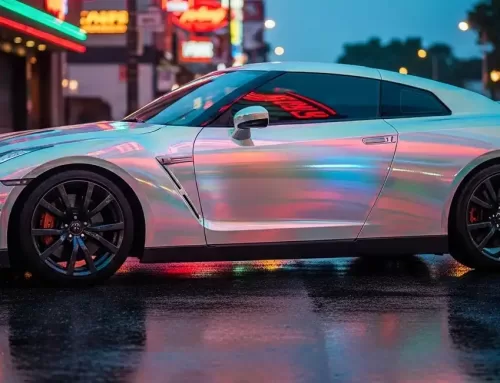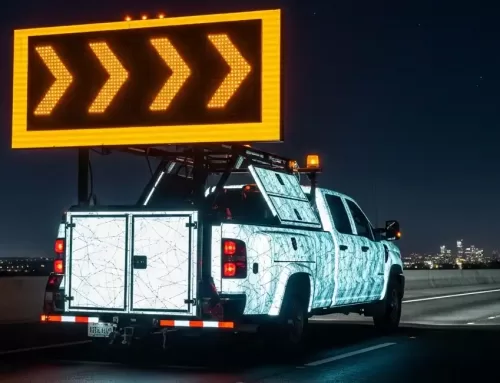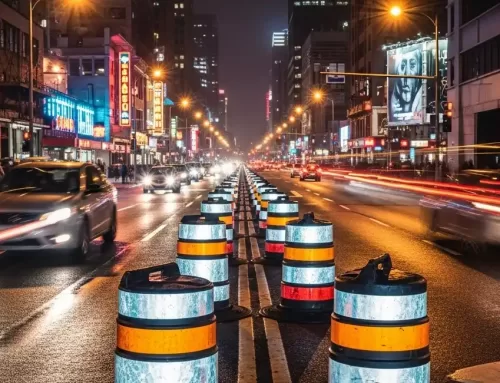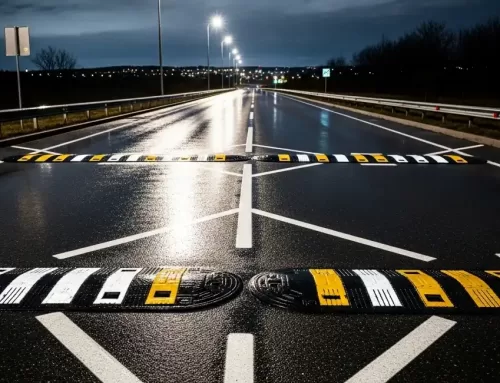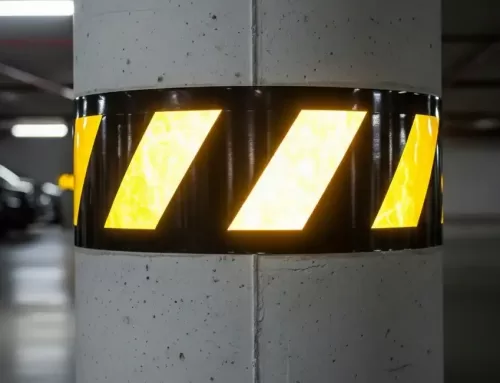What are the wide applications of microprisms?

Why are reflective signs set up on highways?
Reflective signs are specially set up in many places on highways.
The reflective distance of this reflective sign to the headlight can truly reach 1,000 meters. When the driver is 400 meters away from the reflective sign, he can distinguish the color, graphics as well as the symbols of the sign; when the driver is 200 meters away from the reflective sign, he can clearly identify the text on the sign.
Highways have a large volume of traffic and high speeds, and the requirements for lighting are much higher. However, when you drive on the highway, you will find that except for service areas, gas stations, repair shops, control rooms as well as other adjacent sections, other sections basically do not have street lights, but use reflective film, a new type of material.
What types of reflective film materials are usually divided into?
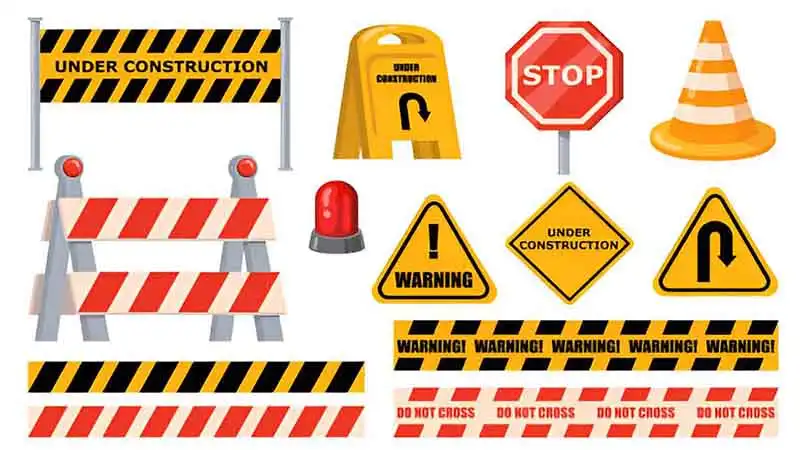
One is glass microbead material, which uses optical glass with a high refractive index and has a very small diameter, only half the diameter of a hair. The biggest optical feature of this reflective film is that it can reflect the light emitted by the light source back to the light source. Its directional reflection function uses the principle of thin lens imaging. On top of that,Its main optical element is an organic resin layer inlaid with glass beads. The arrangement of glass beads is uniform and single-layer structure. Reflective signs cannot emit light by themselves. They will only emit light when illuminated by light in the dark. They do not need to consume energy themselves, which saves electricity compared to street lamps.
The second type is micro-prismatic reflective material. The reflective film looks smooth, but it is not so in the microscopic view. It is composed of tiny reflective units arranged in a regular pattern. There are hundreds of reflective units on each square centimeter of reflective film, and each reflective unit is an independent reflective point. These reflective units are actually very tiny prisms. The micro-prisms are neatly and orderly arranged on the film through “micro-replication” technology. The production process is very demanding. The maximum reflectivity can reach 100% in theory. This kind of reflective material is widely used on road signs. It shows bright white during the day and can dramatically play a directional retro-reflective role on car lights at night as well.
Uses of Microprisms:
Prismatic reflective film is mainly used in high-speed tunnel entrance/barrier end/high-end warning columns, reflective car body stickers, highway/urban road gantries, garage/safety warning signs, crash barrels, crash piers, isolation columns, electric poles, street lamp posts, sentry boxes, etc. Most colors are black and yellow, red and white, horizontal and twill. In addition to a large number of applications on highways, reflective film products, as a new type of optical material, are also used to make reflective signs and signs in railways, ports and shipping, airports, mines, fire protection, vehicle license plates, environmental protection, advertising as well as other fields.
